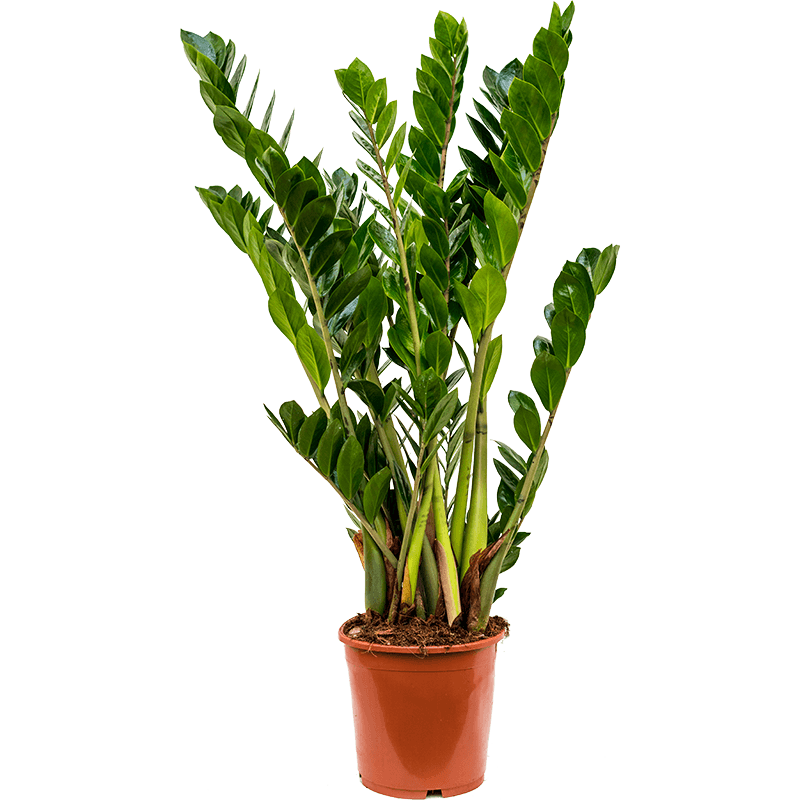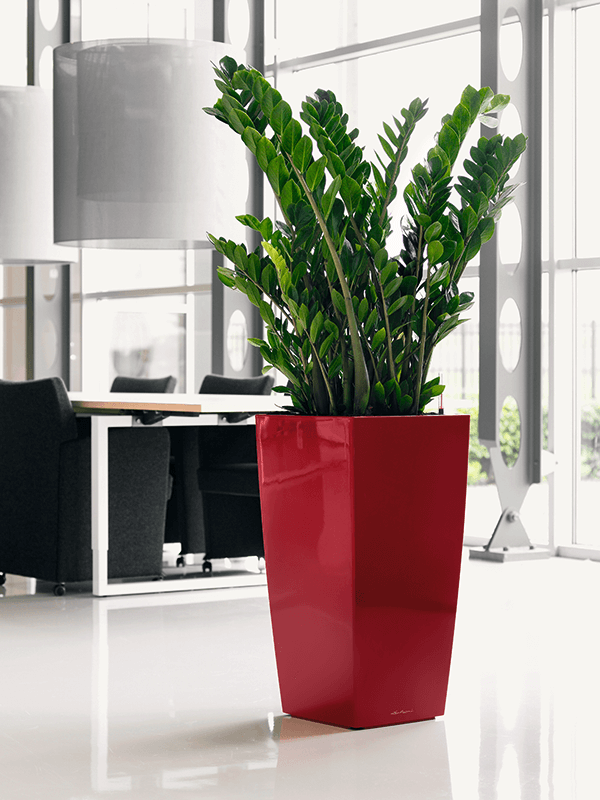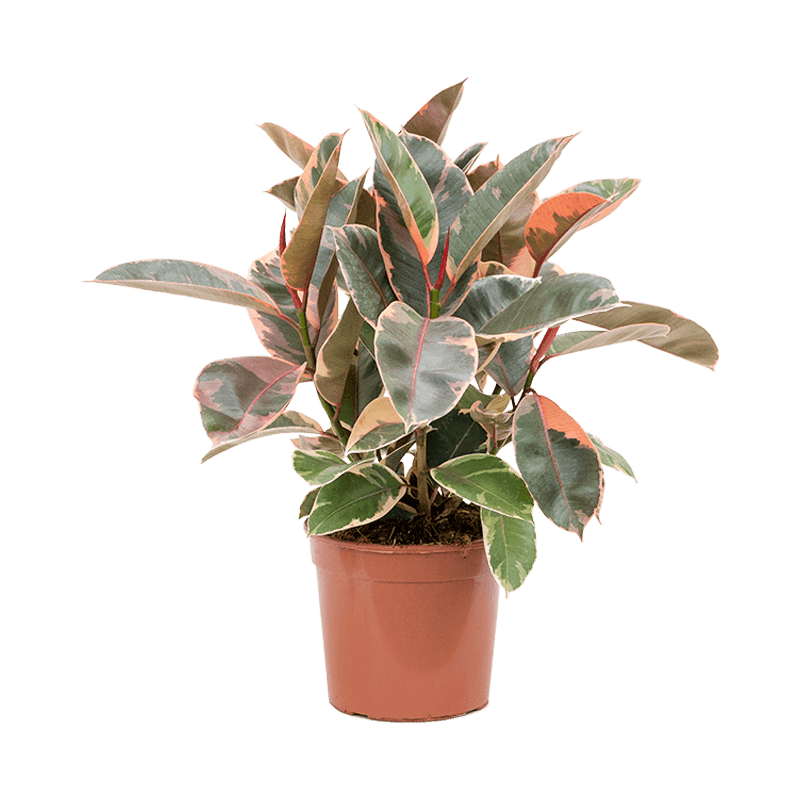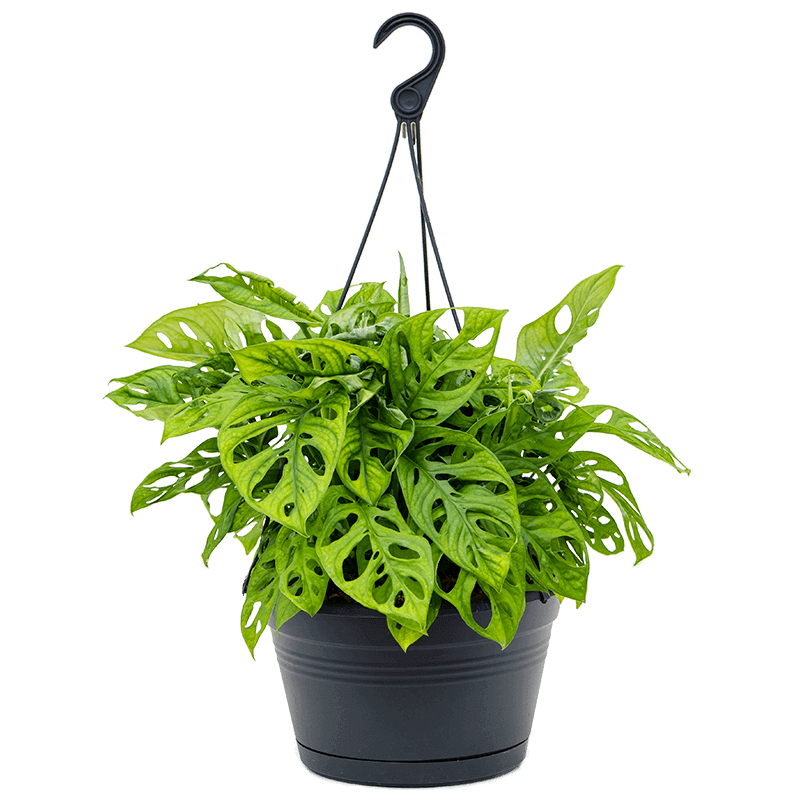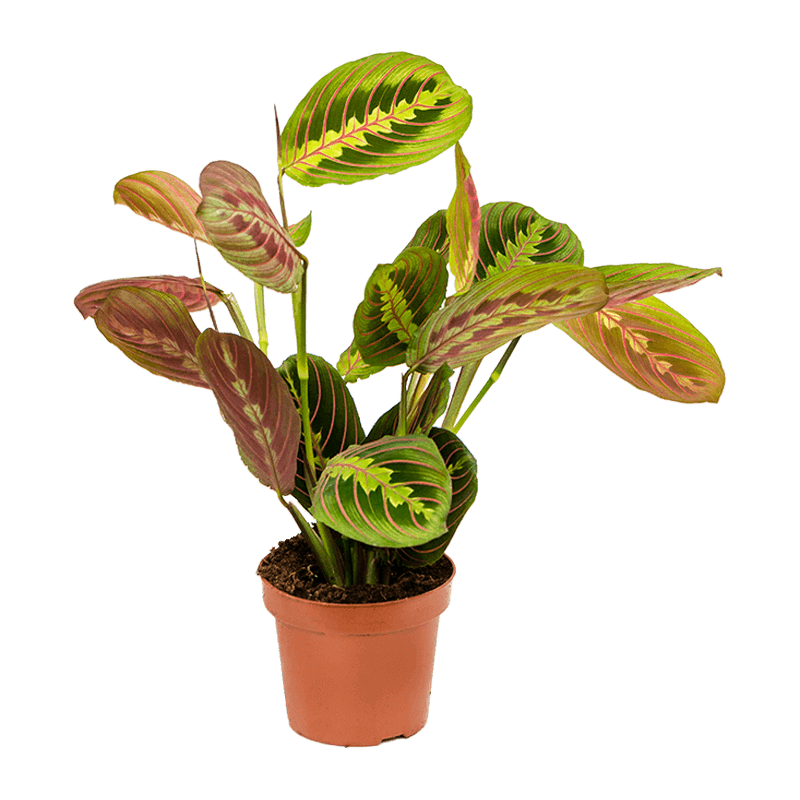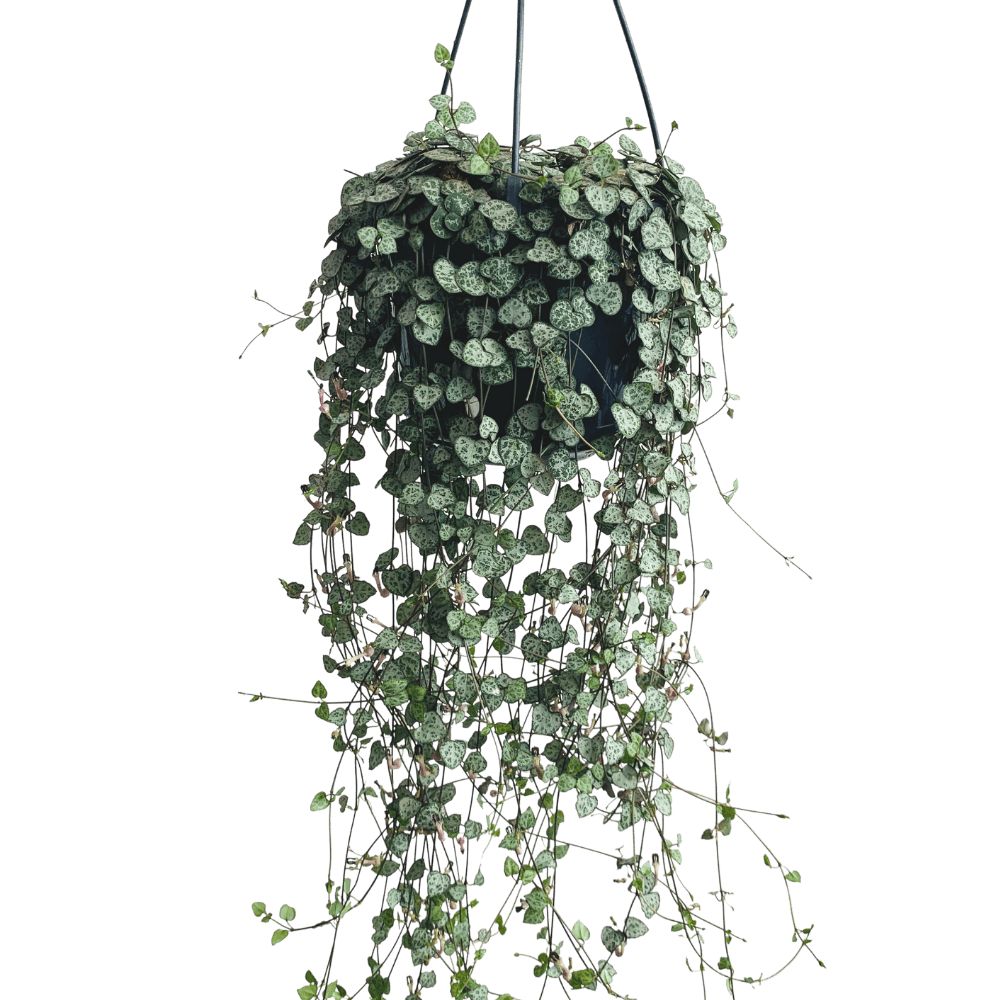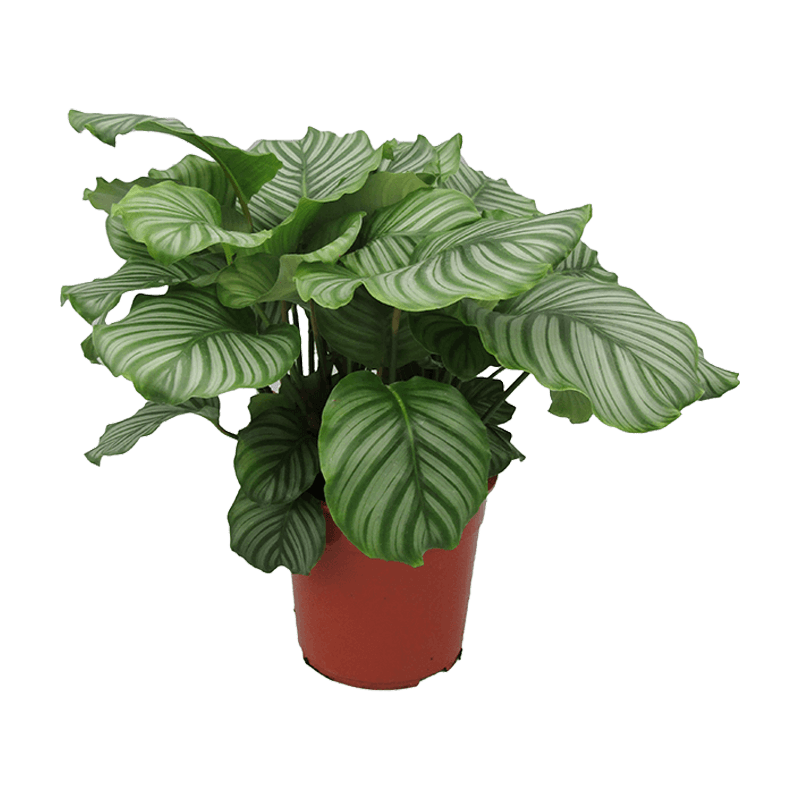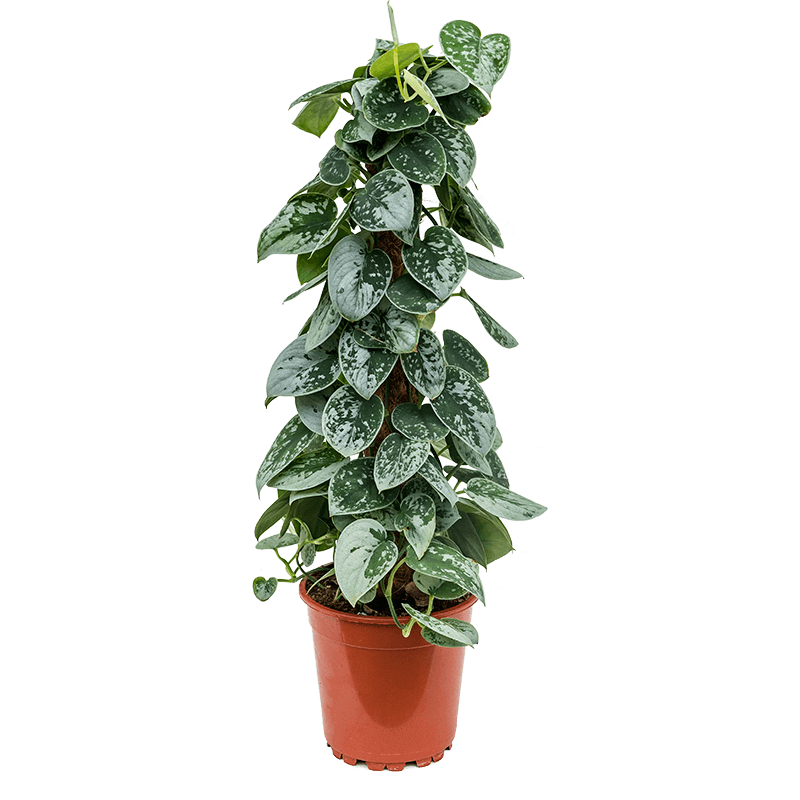how to care for zamioculcas zamiifolia
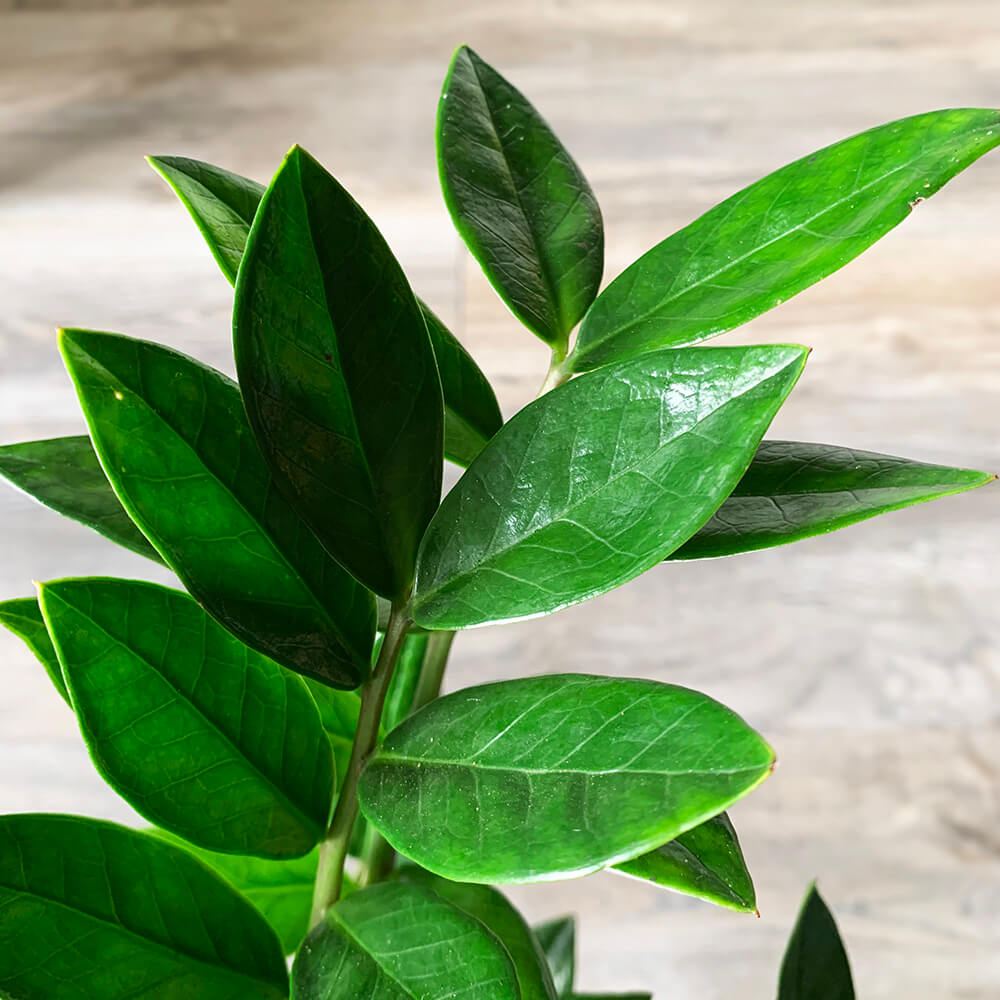
quick care guide zamioculcas zamiifolia
 |
Once every 2-3 weeks in summer; once a month in winter |
 |
Does fine with any amount of light as long as it’s not direct |
 |
Fertilize once every two months during growing season |
 |
Toxic to pets and small children – keep out of reach |
 |
Is an alright air purifier |
Grow the Zamioculcas Zamiifolia in well-draining potting soil and only water the plant when the soil is partly dry. The ZZ plant thrives with any amount of light, but away from direct sunlight with average room humidity, and a temperature between 18 and 24°C. Fertilize 3 or 4 times during the growing season with a diluted liquid houseplant fertilizer.
detailed care guide for zamioculcas zamiifolia
Scientific Name: Zamioculcas Zamiifolia (a.k.a. ZZ Plant, Zanzibar Gem) Origin: Eastern and southern Africa Light: Thrives in medium to low indirect light. Can tolerate bright indirect light. Not suited for intense, direct sun. Water: Water every 2-3 weeks, allowing soil to dry out between waterings. Expect to water more often in brighter light and less often in lower light. The only thing that can kill a ZZ plant is overwaterin so if in doubt, water less rather than more. Soil: To care for your ZZ, you should plant it in a pot containing well-draining potting soil. The best way to create loamy soil for a ZZ plant is to mix a 1-part potting mix with 1-part perlite or horticultural sand. Because ZZs have succulent qualities, cactus potting mix is also an excellent choice to grow this indoor plant. Temperature: If you want your Zamioculcas to look its best, keep your room at an even temperature. The best range of temperature for healthy growth is between 18 to 24°C. Fertilizer: Generally, you don’t need to feed your Zanzibar plant to keep it healthy. The plant is a slow-growing type of houseplant with few nutrient requirements. If you use good-quality potting soil, your plant should get all the nutrients it needs. You can use fertilizer to help boost plant growth during spring and summer. Feed the ZZ plant 4 times a year using a balanced fertilizer for houseplants. Do this after watering. Flushing out the soil helps prevent too many mineral salts from building up which causes leaf burn. Humidity: Average room humidity is perfect for healthy growth. The only time humidity becomes a concern with a Zamioculcas Zamiifolia is when you’ve got the household heating on in winter. Central heating can dry out the air in your home. During winter, you should mist your houseplants every so often. You will know the leaves need some moisture when their tips turn brown. Pruning: There is no need to prune a healthy ZZ plant. Usually, the only time to take the pruning shears to it is to reduce the size of a large ZZ plant. In this case, you can prune the stems to the required height. Just remember that pruning doesn’t stimulate faster growth. You should also prune off leaves that have turned yellow. Yellowing leaves can occur, especially at the base of the stem, if you are over-watering the houseplant. The good news is that the occasional yellow leaf is probably nothing to worry about. As new leaves appear, old ones turn yellow and drop off. If you are caring properly for your Zanzibar gem, the odd yellow leaf is entirely normal. Re-Potting: ZZ plants grow slowly so you won’t need to repot them frequently. This means you will likely need to repot every two years or even less. Propagation: You can easily propagate a healthy ZZ plant by taking stem cuttings, a leaf cutting, or using the soil-division method. Diseases and Pests: Root rot is the main concern for ZZ plants, generally encountered by overenthusiastic plant parents. Moisture-laden soil causes the rhizome to decay, and fungal diseases can quickly take over your plant. Usually, any of the common signs of disease, such as yellow leaves, are due to watering issues. Toxicity: These plants (especially the sap) are poisonous if ingested. Keep them away from children and pets and take care when handling.zamioculcas zamiifolia origins & overview
The Zamioculcas zamiifolia – or ZZ plant — is a tropical perennial native to Eastern Africa that has become popular worldwide in recent years due to its tolerance of a wide range of conditions. The ZZ grows smooth, naturally shiny leaves that range from bright lime in their youth to an emerald green in their maturity. Individual leaflets are typically a few centimeters long. They spring from thick, slightly bulbous stalks, which grow from large, water-storing rhizomes hidden underneath the soil. The ZZ is a highly dependable houseplant because it can tolerate low light and has low water requirements.zamioculcas zamiifolia light requirements
To care for your Zamioculcas, you need to make sure it gets plenty of light. The best location is near a window if you want your houseplant to grow fast. If you decide to put it on a windowsill, make sure it is on an east- west- or north-facing window. Some early morning or late evening sun is fine, but too much direct sunlight during the day can cause leaf burn. On a south-facing windowsill, the plant should be behind sheer curtains. Your ZZ Plant should be just fine in low-light conditions. Even if it doesn’t get natural sunlight, it will still grow well indoors under artificial light such as in office buildings.
how to water the zamioculcas zamiifolia
The great thing about having a ZZ plant at home is that you hardly have to water it. The key to knowing when to water a ZZ is when the top layer of the soil is dry. Every week or so, check to see when the top 2.5 cm has dried out. The best watering tip to care for your ZZ plant is to thoroughly water the soil until the water drains out the bottom. You can then almost forget about watering for another 2 weeks or so. The type of soil you need for a Zanzibar gem plant should be on the dry side. So, don’t let the container sit in a tray of water. This will cause the soil to soak up too much moisture, and you will end up with a ZZ plant that has yellow leaves and stunted growth. The succulent leaves and rhizomes mean that your ZZ can go for longer without water than most other houseplants.repotting the zamioculcas zamiifolia
At some point, your ZZ plant will need repotting. Re-potting in a larger container gives roots more room to grow and helps water drain better. Because your houseplant doesn’t grow fast, you shouldn’t need to repot very often. The best time to repot your Zamioculcas plant is in spring when it starts growing. Choose a container with drainage holes that is 5 cm wider than the current one. Gently remove the stems and rhizomes from the pot and shake off excess soil. If you are repotting due to waterlogged soil and root rot, cut off any damaged roots. Fill a new container half full with loamy potting mix. Put your ZZ plant in and fill with the remaining potting mix. Water thoroughly. Please note that ZZ plants have very strong roots and oftentimes they will distort or even break open their nursery pots. If you see a strange growth poking out of the soil, it’s just the rhizome saying hi and letting you know that it needs a bigger pot 🙂

Decorative pots are approx. 11 cm.

Plants have a diameter of 11 to 13 cm.
Decorative pots are approx. 14 cm.

Plants have a diameter of 14 to 16 cm.
Decorative pots are approx. 17 cm.

Plants have a diameter of 17 to 19 cm.
Decorative pots are approx. 20 cm.

Plants have a diameter of 20 to 24 cm.
Decorative pots are approx. 25 cm.
extra small |
Plants - 8 to 10 cm diameter Pots - 11 cm |
small |
Plants - 11 to 13 cm diameter Pots - 14 cm |
medium |
Plants - 14 to 16 cm diameter Pots - 17 cm |
large |
Plants - 17 to 19 cm diameter Pots - 20 cm |
extra large |
Plants - 20 to 24 cm diameter Pots - 25 cm |

